Comparison of Different Industrial Automation Communication Protocols like ARCNET. AS-I, CAN open, CONTROL NET, DEVICE NET, FOUNDATION FIELD BUS, INDUSTRIUAL ETHERNET, INTERBUS-S, LON Works, MODBUS PLUS, PROFIBUS DP, PROFIBUS PA, SDS SERIPLEX, WORLD FIP
Contents
Process Control Industrial Automation Protocols
| Automation Protocol Type | Technology Developer | Year Introduced | Governing Standards | Openness |
| ARCNET | Datapoint / SMC | 1975 | ANSI 878 | Chips, boards, ANSI docs |
| AS-I | AS-I Consortium | 1993 | Submitted to IEC | AS-II, C, Market items |
| CAN open | Phillips / CiA | 1992 | CiA | 6 chip vendors 100+ products |
| CONTROL NET | Allen Bradley | 1997 | Controlnet International | Chip from AB multiple vendors with products |
| DEVICE NET | Allen Bradley | 1994 | ISO 11898 &11519 | 6 chip vendors 100+ products |
| FOUNDATION FIELD BUS | Fieldbus Foundation | 1995 | ISA SP50 / IEC TC65 | Chips / software from multiple vendors |
| INDUSTRIUAL ETHERNET | Intel / DEC /Xeros; HP Hirschmann synergetics | 1979;1998 | IEEE 802.3 | Multiple vendor support through Industrial Ethernet trade association |
| INTERBUS-S | Pheonix Contact | 1984 | DIN 19258 | Product from over 400 manufactures |
| LON Works | Echolon Corp | 1991 | ASHRAE OF BAC net | Public documentation on protocol |
| MODBUS PLUS | AEG Modicon | 1981 | None | Controlled by AEG modicon. Multiple vendor support through Modconnect vendor program |
| PROFIBUS DP/PA | Profibus Trade Organisation | DP:1994 PA:1995 | DIN 19245 part 3/4 | Product from over 150 vendors |
| SDS | Honeywell | 1994 | Honeywell spec submitted to IEC, ISO11989 | 6 chip vendors 200+ product |
| SERIPLEX | APC Inc | 1990 | Seriplex Spec | Chips available multiple interfaces |
| WORLD FIP | World FIP | 1988 | IEC 1158-2 | Multiple chip vendors |
Physical Characteristics
| Automation Protocol Type | Network Topology | Physical Media | Maximum Devices (Nodes) | Maximum Distance |
| ARCNET | Bus, Multidrop, Star | Twisted pair coax fiber | 255 nodes | 6 km |
| AS-I | Bus, Ring,tree,star of all | Two wire cable | 31 slave | 100 m 300m with repeaters |
| CAN open | trunkline / dropline | Twisted -pair for signal and power | 64 nodes | 500 m |
| CONTROL NET | Trunkline, tree, star | Coax R6/U fiber | 99 nodes | 5 km coax, 30 km fiber |
| DEVICE NET | Trunkline / droplie with branching | Twisted – pair for signal and power | 64 nodes | 500 m |
| FOUNDATION FIELD BUS | Multidrop with bus powered devices | Twisted pair | 240/segment 6500 segments | 1900m @31.25 kbps 500m @2.5 Mbps |
| INDUSTRIUAL ETHERNET | Star, bus | 10Base-T, 10Base-FL (fiber) 100 Base-Tx | 48 bit address of 247 nodes | 1500m |
| INTERBUS-S | Segmented with T drops | Twisted-pair, fiber, slip ring | 256 nodes | 400m/segment 12.8 km total |
| LON Works | Bus, ring, loop, star | Twisted-pair, fiber, power line | 3200 / domain | 2000 m @ 78kbps |
| MODBUS PLUS | Multidrop network segment with bridge capabilities | RS-485, transformer isolated | 32,64 max per segment. Max 5 level routing | 1500 ft(450M) repeaters can extend 6000 ft(1800M) |
| PROFIBUS DP/PA | Line star & ring | Twisted Pait or fiber | 127 nodes | 24 km (fiber) |
| SDS | Trunkline / dropline | Twisted pair for signal and power | 64 nodes, 126 address | 500m |
| SERIPLEX | Tree, loop, ring, multidrop star | 4-wire shrouded cable | 500+ device | 500+ ft |
| WORLD FIP | Bus | Twisted-pair, fiber | 256 nodes | up to 40 km |
Transport Mechanism
| Automation Protocol Type | Communication methods | Network Speed | Data Transfer Size | Arbitration Method | Error Checking | Diagnostics |
| ARCNET | Peer to Peer | 31.25kbps to 10 Mbps | 508 bytes | Token | 16 bit CRC | Built in |
| AS-I | Master/slave with cyclic polling | 167 kbps | 31 slaves with 4 in and 4 out | Master/slave with cyclic polling | Manchester code hamming-2 partly | slave fault device fault |
| CAN open | Master/slave | 1Mbps, 500 kbps, 250 kbps, 125kbps | 8 – bytes variable message | Carrier-sonac multiple access | CRC check | Bus monitor |
| CONTROL NET | Master/slave, multi-master, peer to peer | 5 Mbps | 510 bytes | Time -slice multiple access (CTDMA) | CCITT with 16 bit polynomial | Device slave faults |
| DEVICE NET | Master/slave, multi-master, others | 500 kbps, 250 kbps, 125 kbps | 8-bytes variable message | Carrier-sonac multiple access | CRC check | Bus monitoring |
| FOUNDATION FIELD BUS | Client/server publisher/subscriber, Event notification | 31.25 kbps 1 Mbps 2.5 Mbps | 16.6 M objects / device | Deterministic centralised scheduler, multiple backup | 16 bit CRC | Remote diagnostics network monitors, parameter status |
| INDUSTRIUAL ETHERNET | CSMA/CD | 10 Mbps 100 Mbps | 1500 bytes data | Collision detection | 32 bit CRC | CD, network management |
| INTERBUS-S | Master/slave with total frame transfer | 500 kbps, full duplex | 512 bytes h,s., unlimited blocks | None | 16 bit CRC | Segment location of CRC error and cable break |
| LON Works | Master/slave Peer tp peer | 1.25 Mbs full duplex | 228 bytes | Carrier sense multiple access | 16 bit CRC | Database of CRC error and device error |
| MODBUS PLUS | Token passing | 1 Mbps | 256 bytes data + header | Peer to peer Token passing | 16 bit CRC | Local chip and software |
| PROFIBUS DP/PA | Master/slave Peer to peer | DP upto 12 Mbps Pa 31.25 kbps | 244 bytes | Token passing | HD4 CRC | Station,module & channel diagnostics |
| SDS | Master/slave, peer to peer, multicase, multi-master | 1 Mbps, 500 kbps, 250 kbps, 125 kbps | 8 – bytes variable message | Carrier-sonac multiple access | CRC check | Bus monitoring diagnostic slave |
| SERIPLEX | Master/ slave Peer to peer | 200 Mbps | 7680 / transfer | Sonal multiplexing | End of frame | Cabling problems & echo check |
| WORLD FIP | Peer to peer | 31.25 kbps, 1&2.5mbps, 6Mbps fiber | No limit, variables 128 bytes | Central arbitration | 16 bit CRC data “freshness” indicator | Device message time-out, redundant cabling |
Performance
| Automation Protocol Type | Cycle time: 256 discrete 16 nodes with 16 I/O’s | Cycle time: 128 analog 16 nodes with 8 I/O’s | Block transfer of 128 bytes 1 node |
| ARCNET | <2 ms @ 2.5 mbps | <2ms @ 2.5 Mbps | <2 ms @ 2.5 Mbps |
| AS-I | 4.7 ms | Not possible | Not possible |
| CAN open | Not available | Not available | Not availavle |
| CONTROL NET | 2 ms | 2 ms | 2 ms |
| DEVICE NET | 2.0 ms master / slave polling | 10 ms master / slave polling | 4.2 ms |
| FOUNDATION FIELD BUS | [email protected] < 1ms @ 2.5 Mbps | 600 ms @ 31.25 kbps <8ms @ 2.5 Mbps | 36 ms @ 31.25 kbps 0.45 ms @ 2.5 mbps |
| INDUSTRIUAL ETHERNET | Network dependent | Network dependent | Network dependent |
| INTERBUS-S | 1.8 ms | 7.4 ms | 140 ms |
| LON Works | 20 ms | 5 ms @ 1 Mbps | 5 ms @ 1 Mbps |
| MODBUS PLUS | Not available | Not available | Not availavle |
| PROFIBUS DP/PA | Configuration dependent typical < 2 ms | Configuration dependent typical < 2 ms | Not availavle |
| SDS | <1ms event driven | < 1ms per event 10.4 ms | 2 ms @ 1 mbps |
| SERIPLEX | 1.32 ms@200kbps, m/s | 10.4 ms | 10.4 ms |
| WORLD FIP | 2 ms @ 1 Mbps | 5 ms @ 1 Mbps | 5 ms @ 1 mMbps |
Summary of Process Control Industrial Automation Protocols
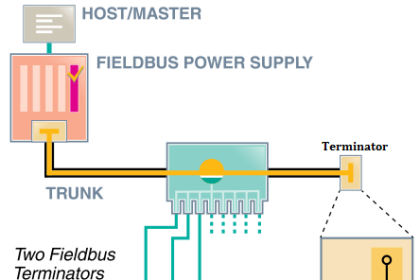
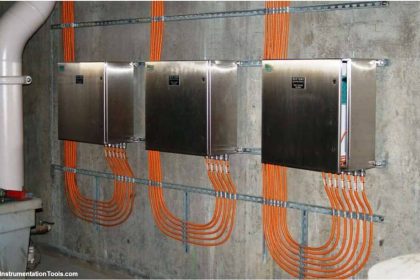
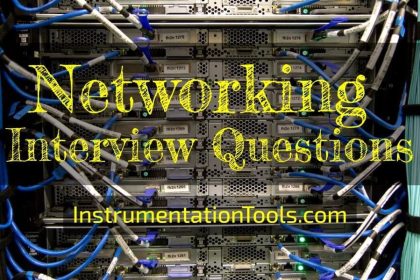
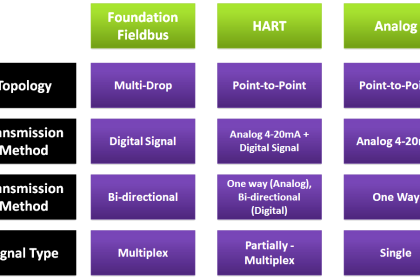
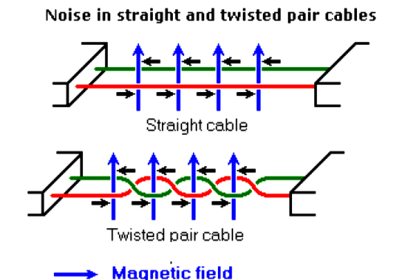
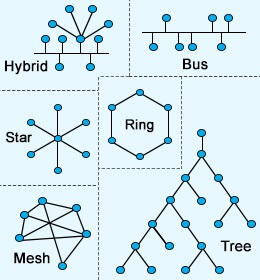
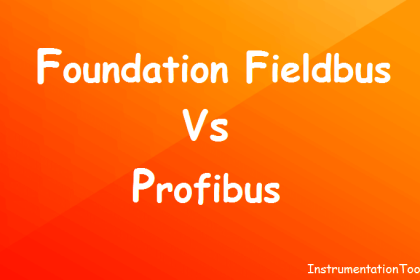

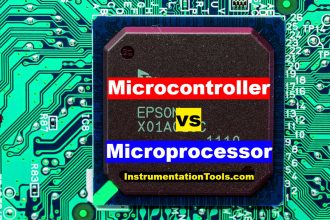
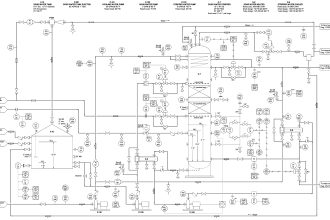
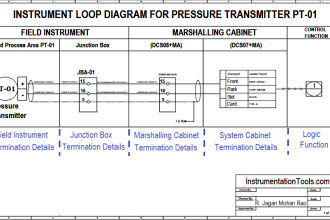

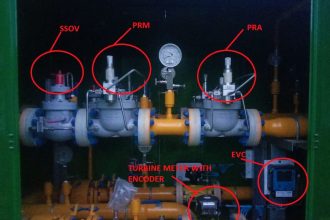
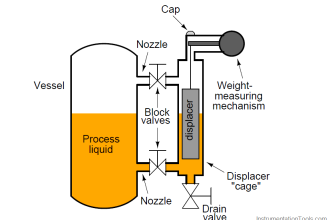
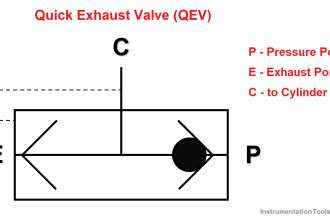
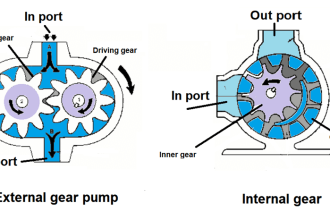

I have tank radar( TH43 CP 2A TO) with just primary output for this model output=TRL/2 BUS,MODBUS PROTOCOL. So what is type of modbus? and what is the TRL/2 bus. If I want to convert this output to modbus tcp/ip what should I bring about the type of converter and about the terminal of output I found (+4 to 20 ma or bus) and (-4 to 20 ma or bus ) about 4 to 20 ma is this yield signal and can I take this as analog signal and if I invest bus what should I do ?
Thanks
Hello,
You can use level transmitter modbus output to connect to the respective modules. You can use either TRL/2 or Modbus or Analog signals. Check your transmitter complete part number. From this you can get the available options (outputs) in the transmitter from the vendor.
I think you already have modbus output. You can use the same to retrieve your process parameters. In general, you already have compatible transmitters and devices/gateways in your panel. please check.
You have to check the respective tank gauging technical documents supplied by vendor.